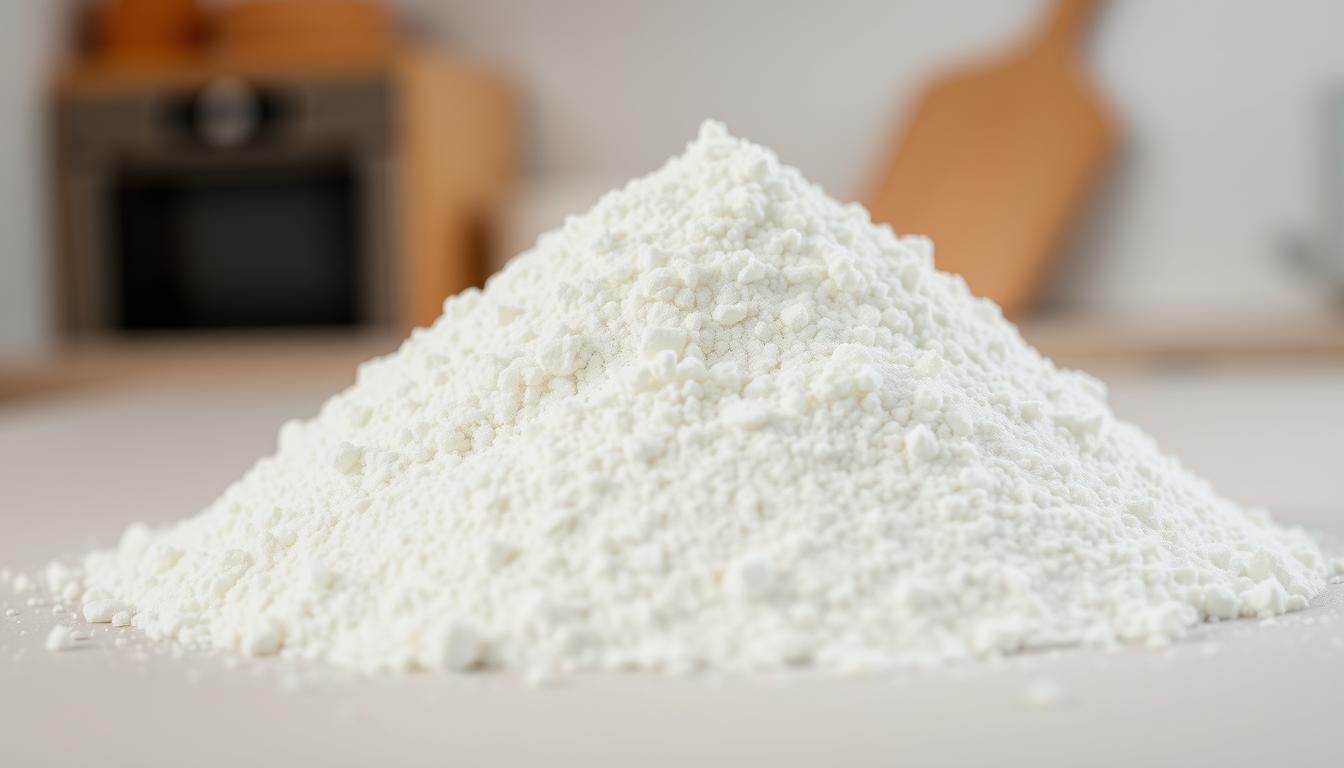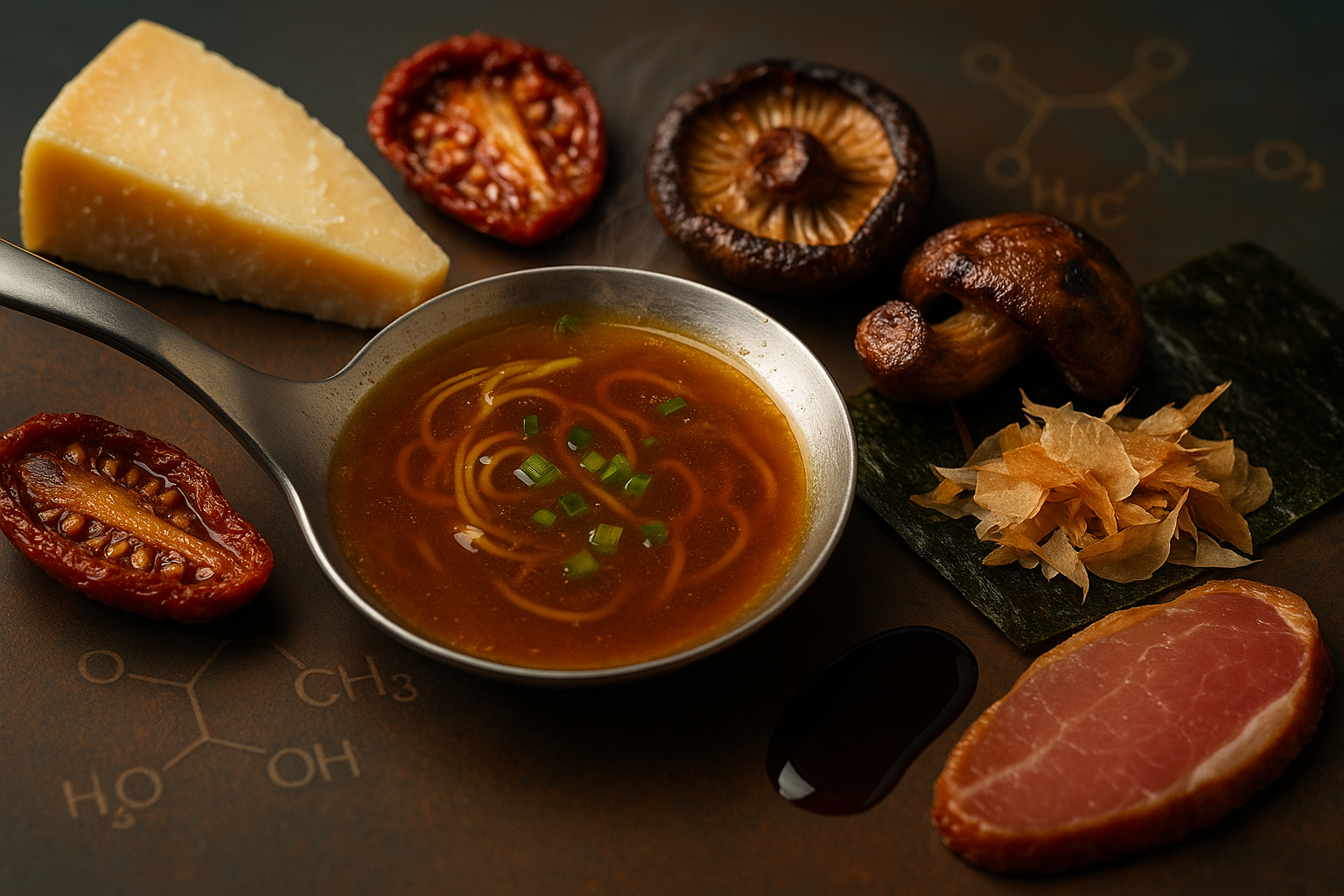Introduction
Sodium citrate, also known as the “sour salt” of modern kitchens, is the sodium salt of citric acid. Beyond its tangy flavor, it’s a powerful food additive valued for its ability to regulate acidity, act as an emulsifier, and improve texture. It’s widely used in processed cheeses, beverages, confections, and molecular gastronomy. This guide explores what sodium citrate is, how it’s made, and how to use it in your kitchen or food lab.
Table of Contents
Culinary Uses of Sodium Citrate
Benefits & Functional Properties
Quick Answers About Sodium Citrate
What does sodium citrate taste like?
It has a mildly tart, salty flavor, often described as “sour salt.” It balances acidity and enhances flavor in foods and drinks.
How much sodium citrate should I use in cheese sauce?
Typically 2–3% by weight of the liquid. Start small, blend well, and adjust to achieve a smooth, creamy texture.
Is sodium citrate safe?
Yes. It is Generally Recognized As Safe (GRAS) by the FDA and widely approved when used within normal food limits.
Is sodium citrate vegan and gluten-free?
Yes. It’s derived from citric acid fermentation and is both vegan and gluten-free.
Can sodium citrate be used in molecular gastronomy?
Yes. It’s popular for stabilizing cheese foams, emulsions, and other culinary innovations where pH control is important.
How should sodium citrate be stored?
Store in a cool, dry, airtight container away from moisture. Shelf life is typically 18–24 months unopened.
What is Sodium Citrate?
Sodium citrate is a white, crystalline powder derived from citric acid neutralized with sodium. It’s highly soluble in water and imparts a slightly tart, salty taste. In food applications, it functions as an acidity regulator, emulsifier, buffer, and sequestrant, making it indispensable for controlling pH and stabilizing emulsions.
How is Sodium Citrate Made?
- Citric Acid Production: Citric acid is obtained through fermentation of sugars by Aspergillus niger.
- Neutralization: Citric acid is neutralized with sodium carbonate or sodium hydroxide.
- Crystallization & Drying: The resulting sodium citrate solution is crystallized, filtered, and dried into a free-flowing powder.
Culinary Uses of Sodium Citrate
- Cheese Sauces: Prevents fat separation, producing smooth, creamy sauces.
- Beverages: Regulates acidity in soft drinks and sports drinks.
- Confections: Balances tartness in candies and jellies.
- Molecular Gastronomy: Creates stable cheese foams and emulsions.
- Meats: Acts as a preservative and pH buffer in cured products.
Benefits & Functional Properties
- Excellent buffering agent to control acidity (pH).
- Acts as an emulsifying salt in processed cheeses.
- Prevents crystallization in syrups and ice creams.
- Improves mouthfeel and stability in beverages.
- Generally recognized as safe (GRAS) and widely used in the food industry.
Where to Buy Sodium Citrate
Cape Crystal Brands offers premium-quality sodium citrate for both home cooks and professional food manufacturers. 👉 Shop Sodium Citrate Now
Related Functional Additives
Check out other ingredients used for emulsifying, stabilizing, or improving food structure:
Frequently Asked Questions (FAQs)
What does sodium citrate taste like?
It has a mildly tart, salty flavor often described as “sour salt.”
How much sodium citrate should I use in cheese sauce?
Typically 2–3% by weight of the liquid. Start small and adjust to taste and texture.
Is sodium citrate safe?
Yes. It is GRAS (Generally Recognized as Safe) by the FDA when used within normal food limits.
Is sodium citrate vegan and gluten-free?
Yes. It’s derived from citric acid fermentation and is both vegan and gluten-free.
Can sodium citrate be used in molecular gastronomy?
Yes. It’s popular in cheese foams, emulsions, and other culinary innovations.
How should I store sodium citrate?
Keep in an airtight container, in a cool and dry place, away from moisture.
Keep Learning with Cape Crystal Brands





